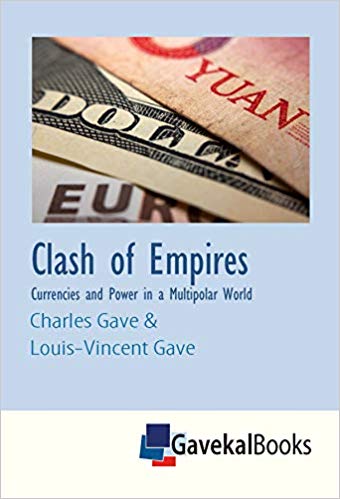
Clash of Empires: Currencies and Power in a Multipolar World
Clash of Empires: Currencies and Power in a Multipolar World

Clash of Empires: Currencies and Power in a Multipolar World
Markets were roiled in 2018 by concerns over flagging global growth and escalating trade tensions. Yet look deeper and this angst may also have stemmed from a gathering rebellion against “King Dollar”, which has ruled as the global reserve currency since the early 1970s. The dollar-standard relied on governments and global investors accepting the US currency as the key means of exchange, unit of account and store of value for international transactions. That is now changing as non-US players revolt against bad policy choices and imperial overreach in Washington DC. It also stems from the transition to a genuinely multipolar global economy, whose second biggest player, China, is a strategic rival to the US and has no interest in being a tributary to the US Treasury via the dollar system.
When European governments complained about US monetary policy exporting inflation in 1971, the US treasury secretary, John Connally, declared that the US dollar was “our currency and your problem”. He spoke the truth, for changes in the supply, demand and price of dollars in the ensuing 48 years have proven more important for the global economic cycle than perhaps any other variable. The worry for investors is that the potential end to the US dollar’s primacy heralds a period of financial dislocation, just as when the pound sterling lost its role as top dog in the inter-war years.
In 2016 Charles Gave published a booklet, Stagnation or Bust?, which applied a Wicksellian analysis to post-2008 interest rate policies and their effect on economic growth and market behavior. This follow-up book focuses on exchange rates and the effect that the transition to a post-US dollar, multipolar world economy will have on relative prices, growth rates and asset returns.
Just as Europe’s reemergence as a major economic power in the 1970s and 80s saw the deutschmark become a major currency and German bunds outperform US treasuries, Charles and Louis argue that the big investing trend of the coming decade will be the rise of an Asian monetary zone. This will see the Chinese renminbi become a major rival to the US dollar and radically change the risk-reward profile of assets across the Asian region.